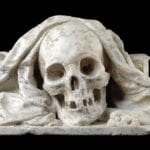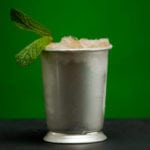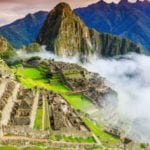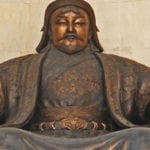 Politics
Politics  Politics
Politics  Weird Stuff
Weird Stuff 10 Eggs-traordinarily Odd Eggs
 History
History 10 Desperate Last Stands That Ended in Victory
 Animals
Animals Ten Times It Rained Animals (Yes, Animals)
 Mysteries
Mysteries 10 Devastating Missing Child Cases That Remain Unsolved
 Creepy
Creepy 10 Scary Tales from the Middle Ages That’ll Keep You up at Night
 Humans
Humans 10 One-of-a-kind People the World Said Goodbye to in July 2024
 Movies and TV
Movies and TV 10 Holiday Movies Released at Odd Times of the Year
 Politics
Politics 10 Countries Where Religion and Politics Are Inseparable
 Weird Stuff
Weird Stuff 10 Freaky Times When Famous Body Parts Were Stolen
 Politics
Politics The 10 Most Bizarre Presidential Elections in Human History
 Weird Stuff
Weird Stuff 10 Eggs-traordinarily Odd Eggs
 History
History 10 Desperate Last Stands That Ended in Victory
Who's Behind Listverse?

Jamie Frater
Head Editor
Jamie founded Listverse due to an insatiable desire to share fascinating, obscure, and bizarre facts. He has been a guest speaker on numerous national radio and television stations and is a five time published author.
More About Us Animals
Animals Ten Times It Rained Animals (Yes, Animals)
 Mysteries
Mysteries 10 Devastating Missing Child Cases That Remain Unsolved
 Creepy
Creepy 10 Scary Tales from the Middle Ages That’ll Keep You up at Night
 Humans
Humans 10 One-of-a-kind People the World Said Goodbye to in July 2024
 Movies and TV
Movies and TV 10 Holiday Movies Released at Odd Times of the Year
 Politics
Politics 10 Countries Where Religion and Politics Are Inseparable
 Weird Stuff
Weird Stuff 10 Freaky Times When Famous Body Parts Were Stolen
10 Amazing Things You Should Know About Sicily
Mafia. Cosa nostra. The octopus. The plague. So many names and euphemisms are used to describe that terrible criminal organization that has rendered the island of Sicily so famous in the world—with more than a little help from Hollywood, of course. While the mafia certainly exists and kills, although largely without the glamor shown in the movies, it is unfair to characterize the whole island of Sicily as just the birthplace of organized crime. So many beautiful, strange, and even spectacular things come from this land. Here are 10 amazing facts that you probably don’t know about Sicily.
10 Poltergeists

In 2004, strange events that would become known as “the fires of Canneto” frightened the population of the quiet village of Canneto di Caronia. It started with electrical appliances that caught fire spontaneously, for no apparent reason. Initially, most suspected faulty electrical lines, until appliances started to catch on fire that weren’t even plugged to the grid. Soon, non-electrical objects—such as armchairs and mattresses—also inexplicably caught fire. Even a van passing through the city was a victim of what many started to think were ghosts or evil spirits.
The population panicked, and so did the authorities. The power grid was cut, the town was partially evacuated, and scientists from different parts of the world came to study the phenomenon, but no explanation was found. Some said it was related to the static electricity generated by the railway nearby, while others said that the fault lay with the Etna volcano and its magnetic field. Some even started to suspect secret tests by the American Army or UFOs. Months later, the events stopped as mysteriously as they had started, and Canneto became once again a quiet little town. As of yet, there is no definitive explanation to the occurrence.
9 Cagliostro
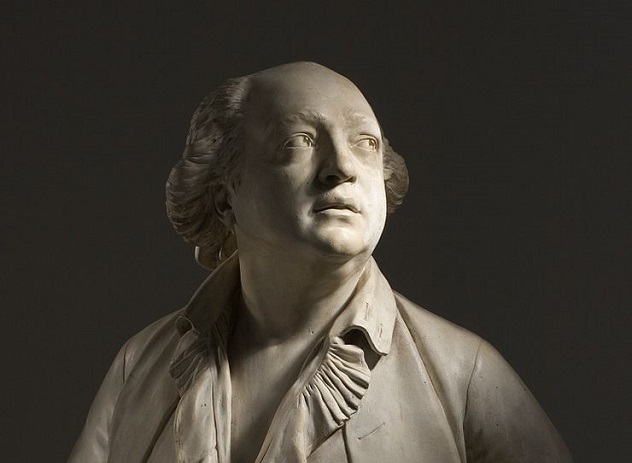
So many legends exist about Cagliostro that it is hard to separate fact from fiction. What seems to be clear is his real name was Giuseppe Balsamo, he was born in a poor neighborhood of Palermo in 1743, and he was a real character.
After swindling his way out of Sicily, he went to Rome, where he became a skilled pharmacist—as well as a skilled forger—under the name Alessandro Cagliostro. Thanks to his pharmacy skills and knowledge of occultism, he landed a job with the rich and powerful Cardinal Orsini. After becoming a Freemason in London, he went to Paris, entreated by the Cardinal de Rohan. Due to his friendship with Rohan and infamy as a forger, he was accused of participating in the so-called “affair of the necklace,” an attempt to swindle the French royal family. He was likely innocent, and in fact was acquitted in the end, but not before spending nine months in the Bastille prison. He ended up in the hands of the Inquisition three years later in Rome, accused of being a Freemason. Sentenced to life in prison, he died in 1795.
His fame was so great even during his lifetime that he was recommended as a physician to Benjamin Franklin during his visit to Paris and Giaccomo Casanova wrote about his meeting with Cagliostro. Goethe, in his travels through Sicily, is said to be the one to ascertain his real identity as that of Giuseppe Balsamo, although some still dispute that.
8 Sea Monsters
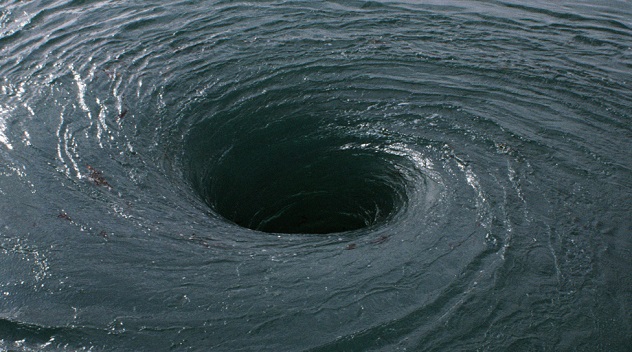
According to Greek mythology, ships that pass to the Messina strait between Sicily and Calabria are in danger of being attacked by Scylla and Charibdys, the monsters that guard either side of the narrow passage. This myth gave rise to the expression “between Scylla and Charybdis,” a local equivalent to “between a rock and a hard place.”
First described by Homer in The Odyssey, the two monsters were originally beautiful nymphs who were transformed into horrible forms. In The Metamorphoses, Ovid says that the sea god Glaucus fell in love with Scylla, but she was repulsed by his fish tail, so he went to the famous sorceress Circe and asked her for a love potion. Unfortunately for all involved, Circe was herself in love with Glaucus. In a fit of jealousy, she poisoned the waters and transformed Scylla into a monster with six heads, each having a very long neck, four eyes, and a mouth with three rows of teeth, which she would use to chew on unlucky sailors.
Charybdis, according to other myths, was once a gluttonous woman who was punished by Zeus for stealing cattle from the gods. She was transformed into a monster and forced to swallow such huge amounts of water that she would immediately vomit, creating large whirlpools that would sink most ships. It is true that there are such currents in the strait of Messina, but no credible eye-witness accounts of any puke monsters as of yet.
7 The Sonnet
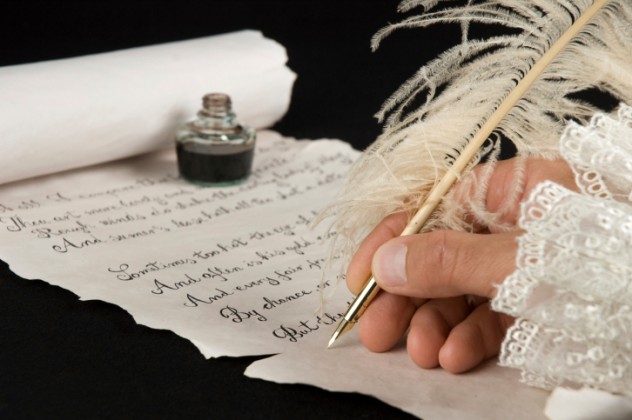
The most famous of all traditional poetic forms, consisting of fourteen lines written in iambic pentameter with an elaborate rhyme pattern, was originally invented by a poet from the Sicilian school, Giacomo da Lentini. Created in the early 13th century, the sonnet was then brought from Sicily to Tuscany. It was there that it was made famous worldwide by the great poets of the following generation, such as Petrarca and Dante Alighieri, the famous author of The Divine Comedy. In fact, Dante himself celebrates “il Notaro” in the verses of Purgatory XXIV, 55–7.
From Italy, the sonnet was taken to France and England, where writers such as William Shakespeare made extensive use of the form. Despite the triumph of modern poetry and free verse, the sonnet is very much in use even today and it is still important to learn its mechanics, to the despair of many high school students.
6 Street Food
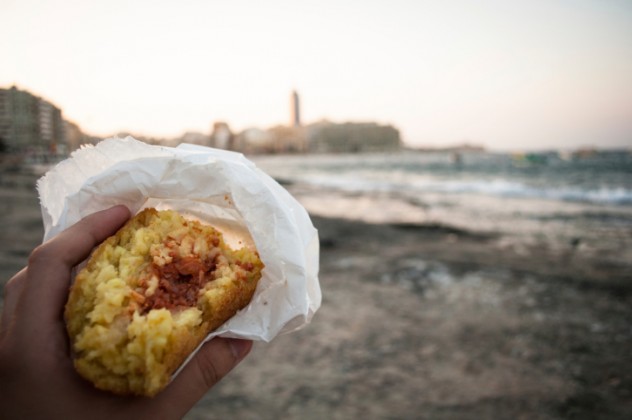
Recently, the capital of Sicily, Palermo, has been elected the European Capital of Street Food. In a recent ranking by Forbes, it was listed among the top five in the world for cities with great street food, holding the top spot in Europe. Among the delicacies offered by street vendors, we find arancini (the famous Sicilian rice balls with choice of meat or bacon) and pannele (simple squares of fried, smashed chickpeas and herbs that are eaten with bread). The sfincione is a local version of pizza, made with tomato sauce, caciocavallo cheese, onions, and anchovies on top of a thick and soft crust.
For those with a stronger stomach, options abound. The panino con la milza (or pane ca meusa in Sicilian dialect) is a sandwich made with chopped veal’s lung and spleen that have been boiled and then fried in lard. The stigghiola consists of a of sheep’s intestines on a skewer. As a dessert, you can order granita, a semi-frozen drink made with crushed ice and lemon or other flavors.
5 The Tallest Active Volcano In Europe
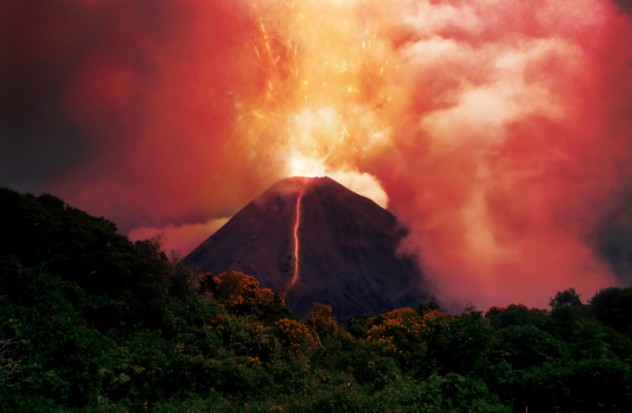
Located in the eastern side of the island near Catania and reaching a height of more than 3,000 meters (10,000 ft), the Etna is the tallest active volcano in Europe. “Active” is certainly the right world to describe it—the last eruption with lava occurred at the end of November 2013, but almost every year the volcano shows some sign of activity.
Despite its many eruptions over the years, a large city that had failed to take precautions against the volcano’s dangers was once almost wholly destroyed as a result. Even so, there are only 77 deaths that could be attributed directly to Mount Etna, including the recent death of two improvident tourists who decided to climb near the summit. The locals are not afraid of it, and in fact, they hope that the volcano continues active for a long time. The fertile volcanic soils support extensive agriculture, including vineyards—some of the best wine in Sicily is produced from grapes grown in the region.
4 It Was Once Richer Than The North Of Italy
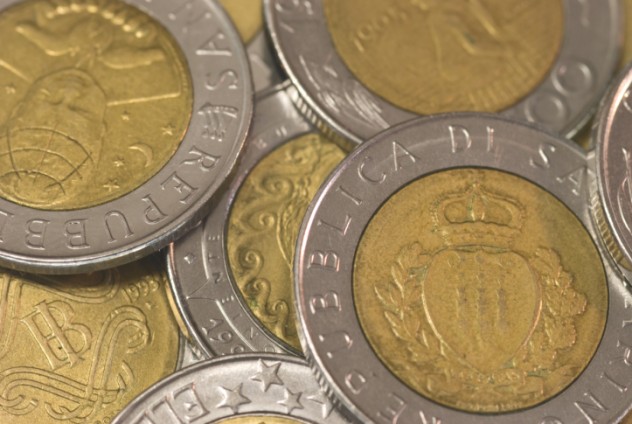
Before the unification of Italy in 1861, Sicily was an independent kingdom. From 1814–1860, it joined the Kingdom of Naple to form the so-called Kingdom of the Two Sicilies, which comprised most of the current South of Italy. During this period, the Kingdom of the Two Sicilies was richer than all the other Italian kingdoms of the time in terms of revenues. According to the studies of Francesco Saverio Nitti, economist and later Prime Minister of Italy, the kingdom had 443.3 million golden lire. That was 65.7 percent of all the money circulating in the peninsula at the time, making it the richest among the Italian states.
Its economy, however, was based mostly on agriculture, and it did not industrialize as fast as the north of Italy did. The unification of Italy was also disastrous for the region, after which it lost a large part of its relevance. Other events—such as the 1908 Messina earthquake, which killed 123,000 people, and the emigration of a large number of Sicilians to the Americas—ended up reducing the economical prospects of the South even further. Today, Sicily is an autonomous region, and while it is not the poorest part of Italy, it is far from being the richest.
3 The Largest Opera House In Italy
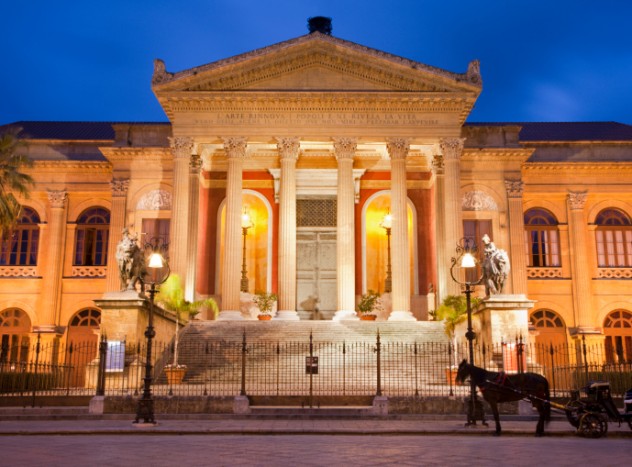
Everybody knows that Italians love opera. If size is an indication of love, then Sicilians love it most of all. The largest theater and opera house in Italy, Teatro Massimo, was built in Palermo and inaugurated in 1897. Its full name is Teatro Massimo Vittorio Emanuele, because it was dedicated to King Victor Emanuel II.
Construction took over 20 years, starting on 1874 and ending in 1897. The opera house was designed and overseen by Italian architect Giovan Battista Filippo Basile, who didn’t live to see the work completed. After his death in 1891, construction was continued by his son, Ernesto Basile. The Teatro Massimo can be seen in its full glory during the long opera scene at the end of Francis Ford Coppola’s The Godfather, Part Three.
2 The Allied Invasion

While the Invasion of Normandy, or D-Day, is celebrated as the great turning point of World War II, it is also true that the invasion of Sicily by the Allies in 1943 was an earlier victory that began turning the tables on the Axis powers. Codenamed Operation Husky, the battle lasted for 38 days and culminated with a decisive victory for the invading Allied forces.
Thanks to the occupation of Sicily, the Allies were able to control the Mediterranean sea, force the German soldiers to the North of France (where they would later be attacked on D-Day), and eventually complete the liberation of the European mainland. The success of the invasion also caused the fall of Benito Mussolini and the arrest of the dictator by King Vittorio Emanuele, although he was later released by German forces and reigned until 1945 in the limited Republic of Salò. It is said that Sicily was the least nationalist part of Italy at the time and that Sicilians did not fight for the Axis—they mostly helped the Allies to combat the German forces.
1 It May Have Better Greek Ruins Than Greece
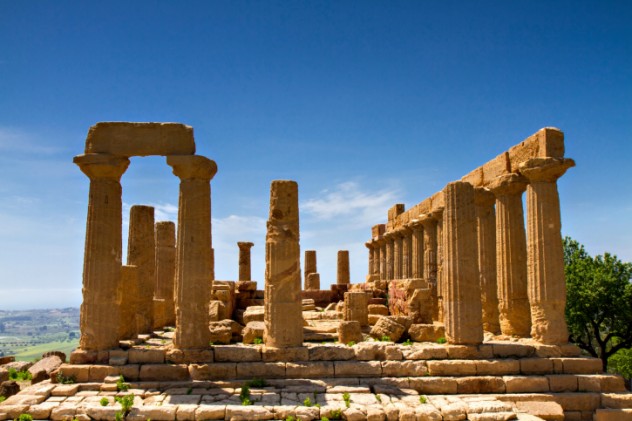
Sicily is rich in ancient Greek ruins, and many say that they surpass in beauty those found on modern-day Greece. For a long time, the ancient Greeks controlled a large part of the island, mostly in the eastern region around Syracuse, where the famous mathematician Archimedes was born. Well-preserved Greek ruins still remain in Syracuse, Taormina, and near Agrigento. The latter is the location of the famous “valley of the temples,” a collection of seven different temples dedicated to different Greek deities.
The Greek control of the region ended with the Roman conquest of the island after the siege of Syracuse, in 214–212 BC. Syracuse fought bravely against the Romans with Archimedes’s novel war inventions, which included the “Archimedes’s claw,” a crane that was able to lift Roman ships out of the water and sink them. They also used giant mirrors to deflect the light of the sun and burn the sails of enemy ships. Despite their ingenuity, the Romans won the war and Archimedes was killed. A Roman soldier, disobeying orders to keep the old mathematician alive, killed Archimedes while he was drawing geometrical shapes on the sand. “Don’t disturb my circles” were his famous last words, as the Roman soldier stepped on his drawings.
Tom Creus is a writer, teacher, and filmmaker. He has visited Sicily several times, the last time in December 2013. He occasionally writes at tomwaiting.wordpress.com



